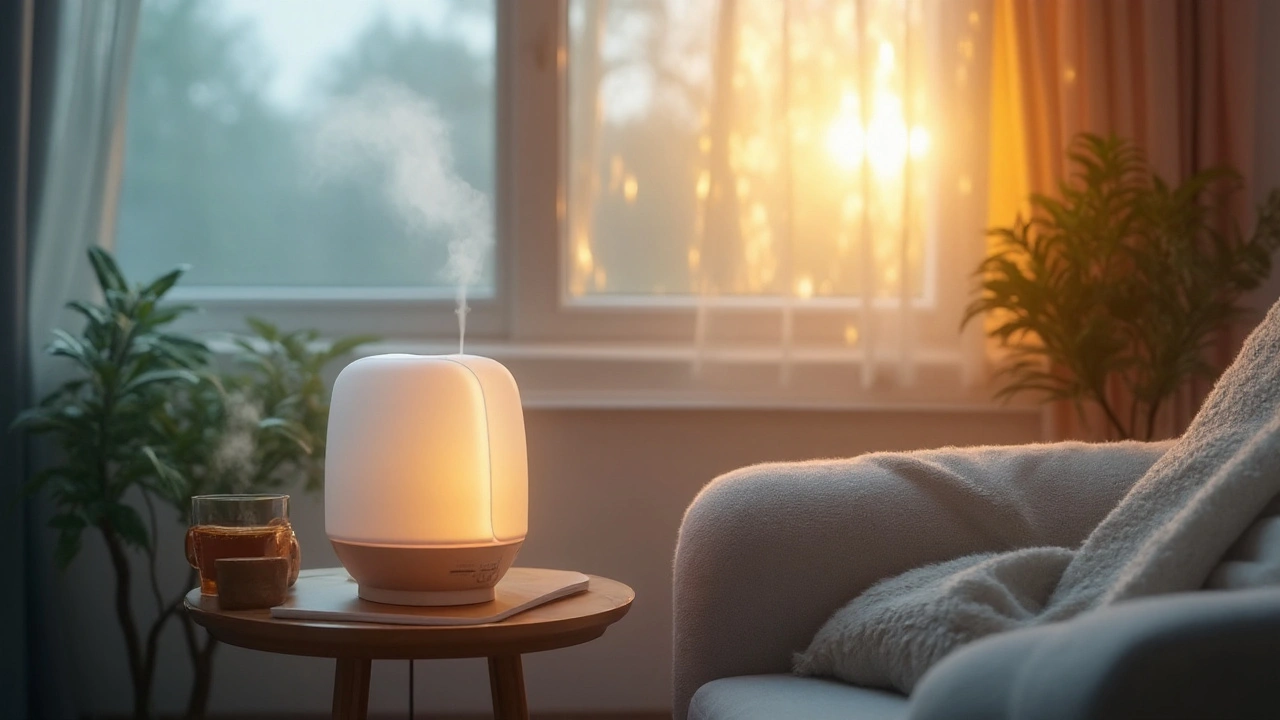Air Purifier Guide: What You Need to Know
If you’ve ever sneezed at home or worried about dust, pollen, or pet dander, an air purifier can be a game‑changer. It’s not a gadget you need just because it’s trendy – it’s a practical tool that actually reduces pollutants and makes breathing easier. In this guide, we’ll break down how these devices clean the air, what to look for when you shop, and which models are getting rave reviews in 2025.
How Air Purifiers Clean the Air
Most purifiers use a combination of filters. The first stage catches big particles like hair and dust with a pre‑filter. The real magic happens in the middle stage, where a HEPA (High Efficiency Particulate Air) filter traps particles as small as 0.3 microns – that’s tiny enough to catch pollen, mold spores, and even some bacteria. Some models add an activated carbon filter to pull out odors, smoke, and volatile organic compounds (VOCs). A few premium units also include UV‑C lights or ionizers that further neutralize germs, but you don’t need those for everyday use.
Air flow matters, too. Look for a device with a CADR (Clean Air Delivery Rate) rating that matches the size of the room you plan to use it in. A higher CADR means the unit can clean the air faster, which matters in larger living rooms or open‑plan spaces.
Choosing the Right Model for Your Home
Start with room size. Measure the square footage of the space and compare it to the manufacturer’s coverage recommendation. If you’re buying for a bedroom, a smaller unit with a quiet fan setting is ideal. For a living room or office, step up to a model with a stronger motor and multiple speed settings.
Next, think about the pollutants you care about most. If you have pets, a purifier with a robust pre‑filter and HEPA filter will capture fur and dander. If smoke or cooking odors are a concern, prioritize a unit with a thick activated carbon layer. For allergy sufferers, a true HEPA filter is non‑negotiable.
Energy use and noise level are often overlooked but important. Look for Energy Star certified units – they’ll run cheaper over time. Noise is measured in decibels (dB); under 50 dB is usually quiet enough for a bedroom.
Lastly, consider maintenance. Filters need to be replaced every 6‑12 months, depending on usage. Some brands sell filters that click in, making the swap painless. Check the cost of replacement filters before you buy; a cheap purifier can become expensive if its filters are pricey.
In 2025, the top‑rated air purifiers include the Coway AP‑1512HH (great value, strong CADR, quiet), the Levoit Core 300 (compact, true HEPA, low price), and the Dyson Pure Cool (offers cooling fan plus air cleaning, sleek design). All three have easy‑click filter replacements and solid customer reviews.
Remember, an air purifier isn’t a magic fix. Keep windows closed when pollen is high, vacuum regularly, and wash bedding often. Pair these habits with a quality purifier and you’ll notice cleaner air, fewer sneezes, and a more comfortable home.
Ready to pick one? Start by measuring your room, decide which pollutants bother you most, and match those needs to a model’s filter type and CADR rating. With the right choice, you’ll breathe easier and enjoy a fresher living space.
Prevent Pharyngeal Mucous Membrane Damage from Environmental Irritants
By Lindsey Smith On 21 Sep, 2025 Comments (8)

Learn practical steps to safeguard your throat's lining from pollutants, dry air, smoke, and other irritants with easy home remedies and lifestyle tweaks.
View More




